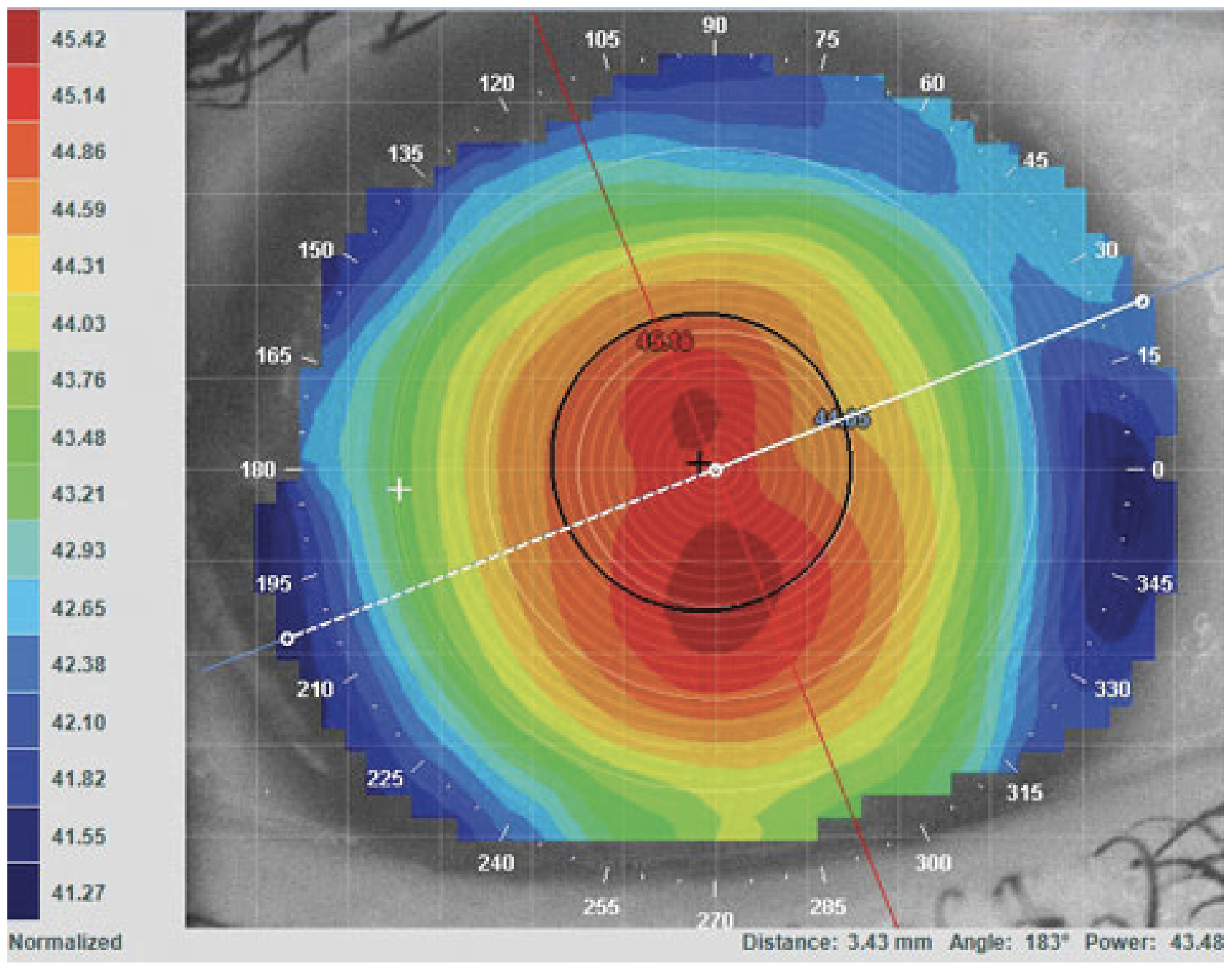 |
|
The higher prevalence of astigmatism in Hispanic children indicates a higher risk of meridional amblyopia, while in Black kids the higher prevalence of anisometropia indicates a higher risk of unilateral amblyopia. Additionally, the presence of more outliers with high myopia, high hyperopia and poor vision indicates a higher risk of amblyopia. Photo: David Kading, OD, and Charissa Young, OD. Click image to enlarge. |
Clinicians may glean some interesting pearls from a recent study that brings awareness to racial and ethnic differences in refractive error characteristics among kids. The investigation, recently published in Optometry & Vision Science, aimed to assess longitudinal change in refractive error over a 36-month period in Black and Hispanic children.
Included were kids aged 2.4 to 15 years of age who underwent annual cycloplegic refractions and spherical equivalent calculations; a statistical model was then used to analyze longitudinal change in spherical equivalent, cylinder, J0 and J45 over 36 months. A total of 485 kids (310 Black, 175 Hispanic) met inclusion criteria and were included. At baseline examination, prevalence of myopia was 39%, emmetropia was 31% and hyperopia was 30%. Spherical equivalent was not found significantly different between the groups, being 0.1 ±2.9D in Black children and -0.4 ±2.1D in Hispanic subjects.
However, Hispanic kids were found to have higher cylinder than Black children, with rates of 1.5 ±1.6D and 0.9 ±1.1D, respectively. As well, J0 and J45 were different between the two groups; Hispanic children had more with-the-rule and oblique astigmatism than Black children, while the latter had higher prevalence (14%) of anisometropia (≥1D) than Hispanic children (5%). Over the 36 months, spherical equivalent significantly decreased on average of 0.69D or 0.23D/year in both groups, with neither astigmatism nor anisometropia changing significantly.
In the discussion section of their paper, the researchers relay that prevalence and magnitude of myopia did not differ between the groups, but Black kids had higher prevalence of hyperopia. In contextualizing their data with other investigations, the authors cite that one prior study found (in kids ranging from 0.5 to six years old) that Black children had a higher prevalence of myopia (7%) than white kids (1%); another study, with children ranging from five to 17 years of age, found Hispanic kids to have higher prevalence of myopia than Black kids (13% vs. 7%).
A higher risk of having astigmatism is associated in both Hispanic and Black race/ethnicities than non-Hispanic white children, and the rates of astigmatism in the current study (50% in Hispanic kids, 33% in Black kids) reflects some prior research rates (37% in Hispanic kids, 20% in Black kids).
Both groups in this investigation became more myopic at a rate of -0.23D/year spherical equivalent change over 36 months, with cylinder decreasing slightly with age (primarily due to a decrease of oblique astigmatism), but anisometropia magnitude didn’t change over time. As a white paper from the International Myopia Institute reported -0.5D/year to be the threshold for progressive myopia, this cohort was lower than the threshold.
As a basis, the authors of this study indicate that “the racial/ethnic differences in refractive error found in this study might provide a new reference for clinical practice.”
They further offer that “applying these racial/ethnic differences is meaningful in clinical practice regarding amblyopia screening examinations and amblyopia stratification. Magnitude of myopia increased over time in both groups, which indicates that myopia management is also important in both Hispanic and Black children. As suggested, children should receive an eye examination at the beginning of elementary school to diagnose the onset of myopia.”
| Click here for journal source. |
Pang Y, Li Q, Block SS, Wang J. Longitudinal refractive errors over 36 months in Hispanic and Black children. Optom Vis Sci. September 12, 2024. [Epub ahead of print]. |


